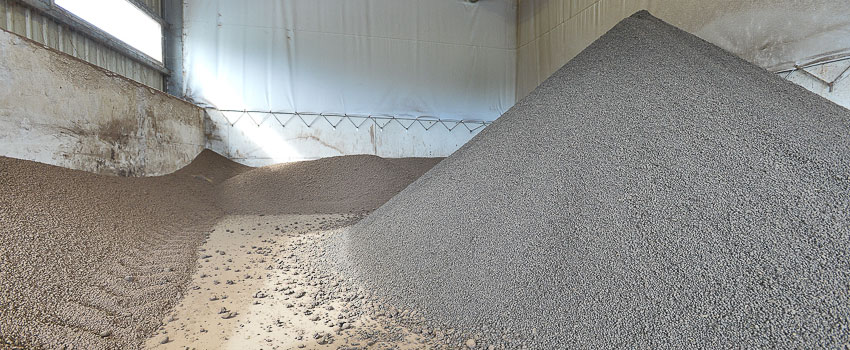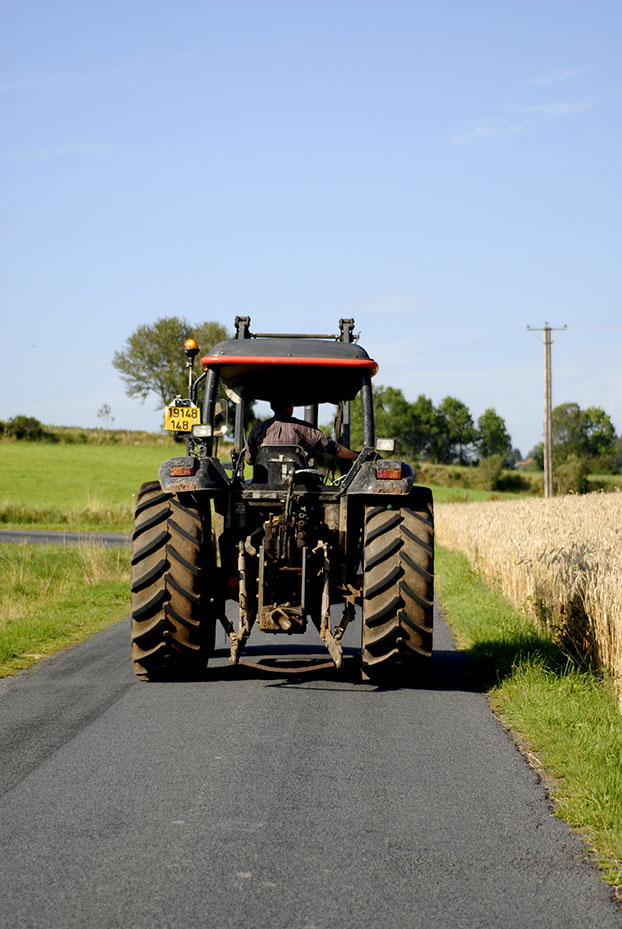Digestate
Digestate
Anaerobic digestion is a process that preserves the fertilising properties of the raw material. All the nitrogen, phosphorous and potassium present in the feedstock will remain in the digestate.

Digestate consists of left over indigestible material and its composition depends of the incoming materials.
Interesting properties for land application

Digestate displays interesting qualities:
- Fertilizing content: rich in nitrogen, phosphorous, potassium, sulphur…
- Effects on the physical properties of the land: CEC, soil structure
- Reduction of pathogens and weeds
- Conservation of biological activity in the soil
Digestate replaces effectively chemical fertilizers on farms.
However, managing digestate can prove to be rather complex, due to insufficient agricultural surfaces to spread the substance on or strict standards on its content. Thereby, we are at your disposal to evaluate the fertilizing potential of future digestates and study the most relevant prospects in light of the sectors constraints.
Today digestate is still subject to the status of “waste”, it requires the elaboration or revision of a spreading plan.
In order to aquire the status of “product” digestate can be standardised or approved.
- Using heat produced by the cogeneration engine
- Reducing stock volumes
Raw digestate can undergo phase separation treatment using a screw press or a centrifuge thus reducing the volume of substance to spread. This separation provides:
- Solid digestate with a dry matter ratio above 20%. This element contains more organic matter than the liquid version. It also contains more phosphorous. It can be used as fertilizer
- Liquid digestate with a dry matter ratio below 5%. This element contains more mineral nitrogen (ammoniacal nitrogen). It can be used as liquid fertilizer.
The solid fraction can be spread on land plots or used as compost.
As for the liquid fraction, it can be spread using a drip hose spreader, in order to limit ammonia losses through volatilization.
Furthermore, the liquid fraction can be treated to remove some components. Here are some additional treatment examples:
- Stripping collects the ammoniacal nitrogen in the liquid digestate
- Membrane filtration concentrates the fertilizing elements


